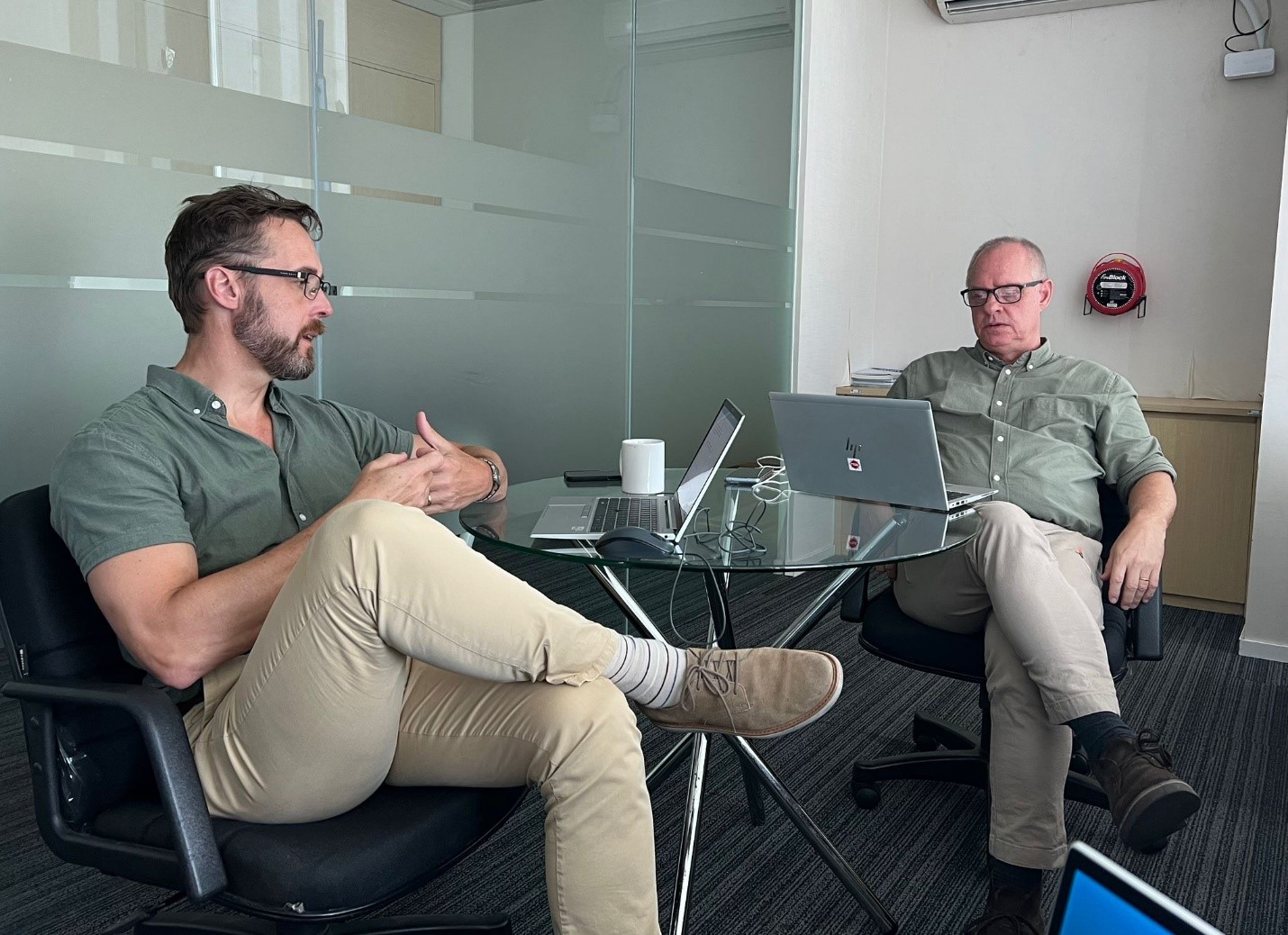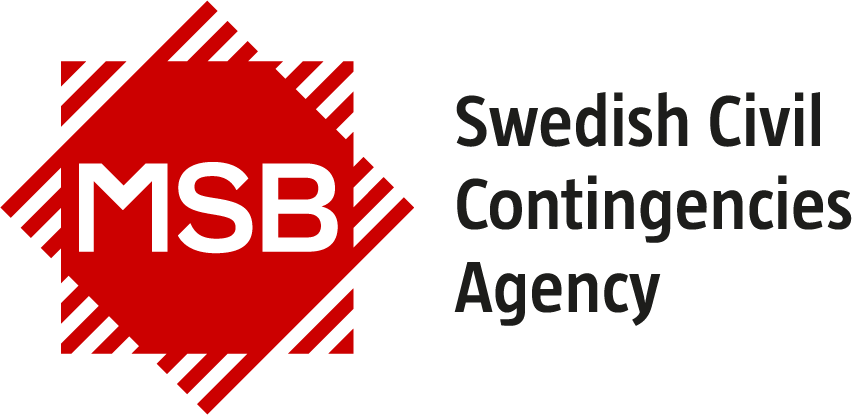Mr. Anders Fridborgs story from Indonesia
After two months in the bustling city of Jakarta, Indonesia, I am now looking back on a very interesting and rewarding time. As a small part of the four year, EU-funded LACER project, which MSB runs together with the Estonian Rescue Board, I was assigned to the AHA Centre in Jakarta.
LACER stands for Leveraging ASEAN Capacities in Emergency Response, and the AHA Centre – or ASEAN Coordinating Centre for Humanitarian Assistance on Disaster Management – is the joint disaster monitoring and coordinating function of the ASEAN countries. In many aspects it’s their equivalent to the ERCC in Brussels, founded as a response to the region’s experiences after the Indian Ocean tsunami of 2004. Apart from earthquakes and tsunamis the region also face regular cyclones, floodings, landslides, heavy rains and volcanic eruptions.

In this photo: Anders Fridborg, Charles Silva Photo credits: Anastasia Ezerets
The LACER project is working with a broad approach, engaging in institutional capacity, corporate policies and management of the AHA Centre as well as their ability to monitor, prepare and respond to disasters. Some activities are also directed towards strengthening the cooperation between the ASEAN countries in disaster response.
My contribution to the project has been to develop a guideline and templates for the recurring exercises of the AHA Centre. Originally the intention was to perform an exercise during my stay with the AHA Centre, engaging the AHA Centres counterparts in the Asean Member States. This turned, however, out to be impossible, due mainly to the many different religious and other festivities in the region at the time. Balinese New Year, Easter, Songkran/Water festival, Ramadan and Eid-al-Fitr, Labour Day… In a region where Buddhists, Hindu, Christians and Muslims live literally side-by-side there is always something to commemorate!
The exercise was later conducted after I got back to Sweden, online from my home in Uppsala. It was quite a special feeling seeing people I’ve never met on the screen, participating in an exercise which I developed for their training!
Apart from the exercise and the guideline I also started a review of their Disaster Monitoring and Analysis Guideline, a document in great need of updating to comply with other guidelines in use and with practice. This was also a good opportunity to suggest some possible development stages which could further strengthen the AHA Centre and widen their scope.
During my stay I have met some wonderful, dedicated and hard-working people who really have been helpful in all ways their sometimes very tight and ever-changing schedules allowed. I hope and expect the work I hand over to them will aid them in taking some further steps in the strengthening of their operations. I have myself learnt a lot and gained some insights from my time in the most disaster prone part of the world.
This was also my first capacity developing mission, and the differences from disaster responses I have participated in a couple of times before was evident. It has required more patience, flexibility, perseverance and building relations than I expected. But the reward when you feel that you’ve contributed to some insights is there!
